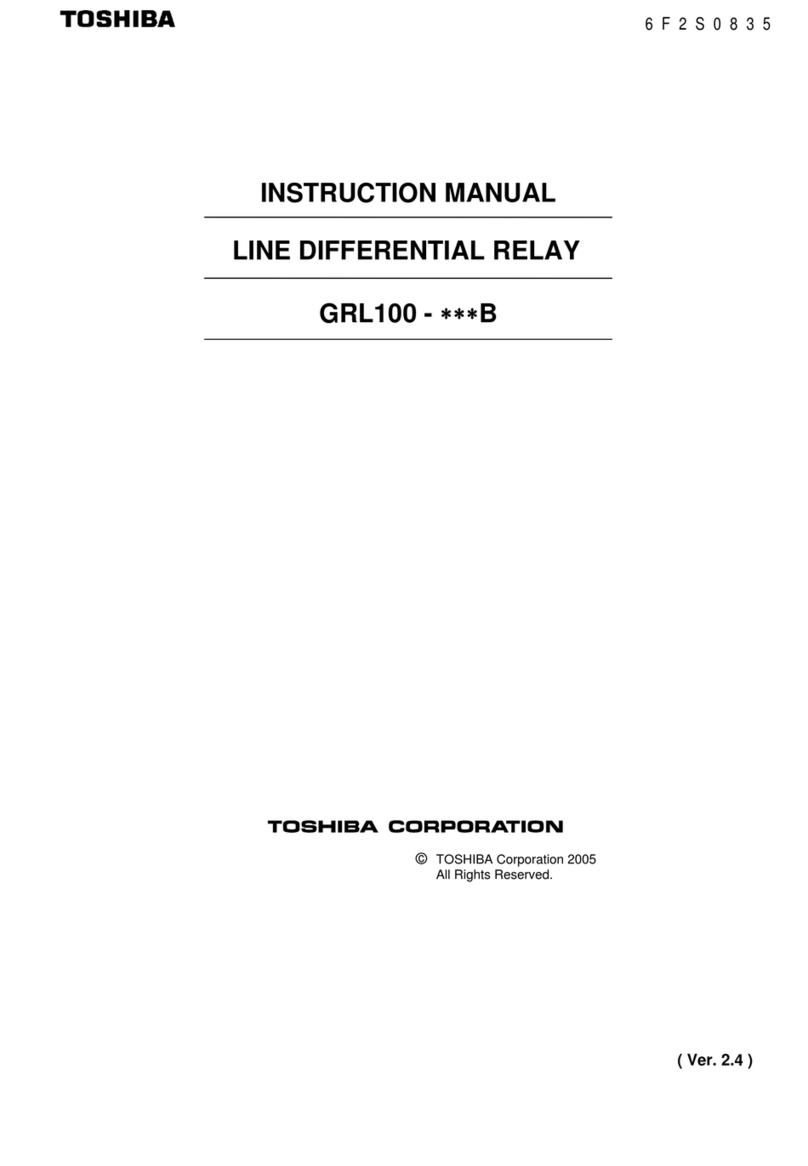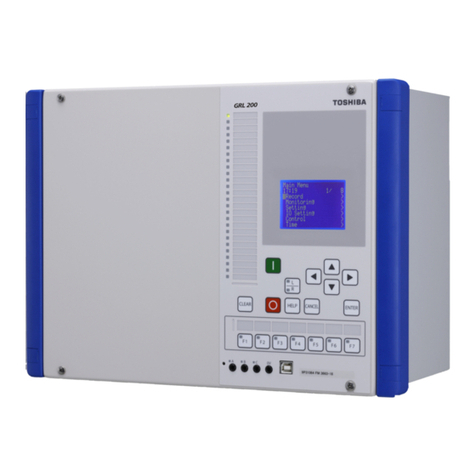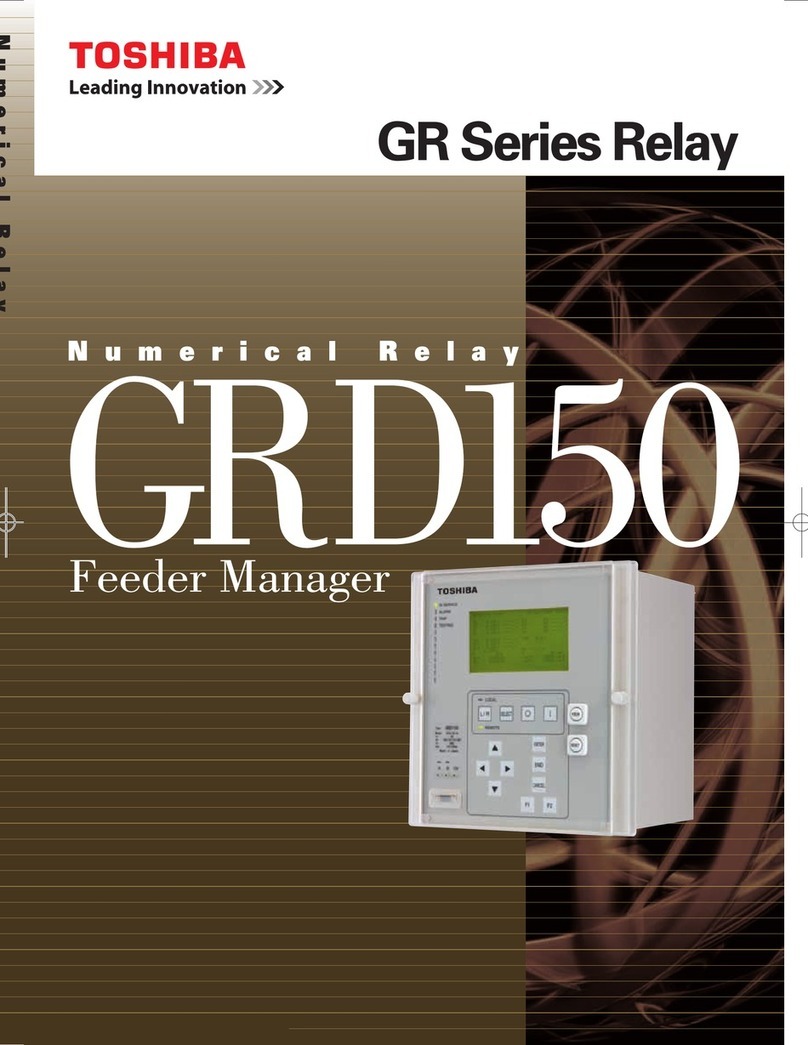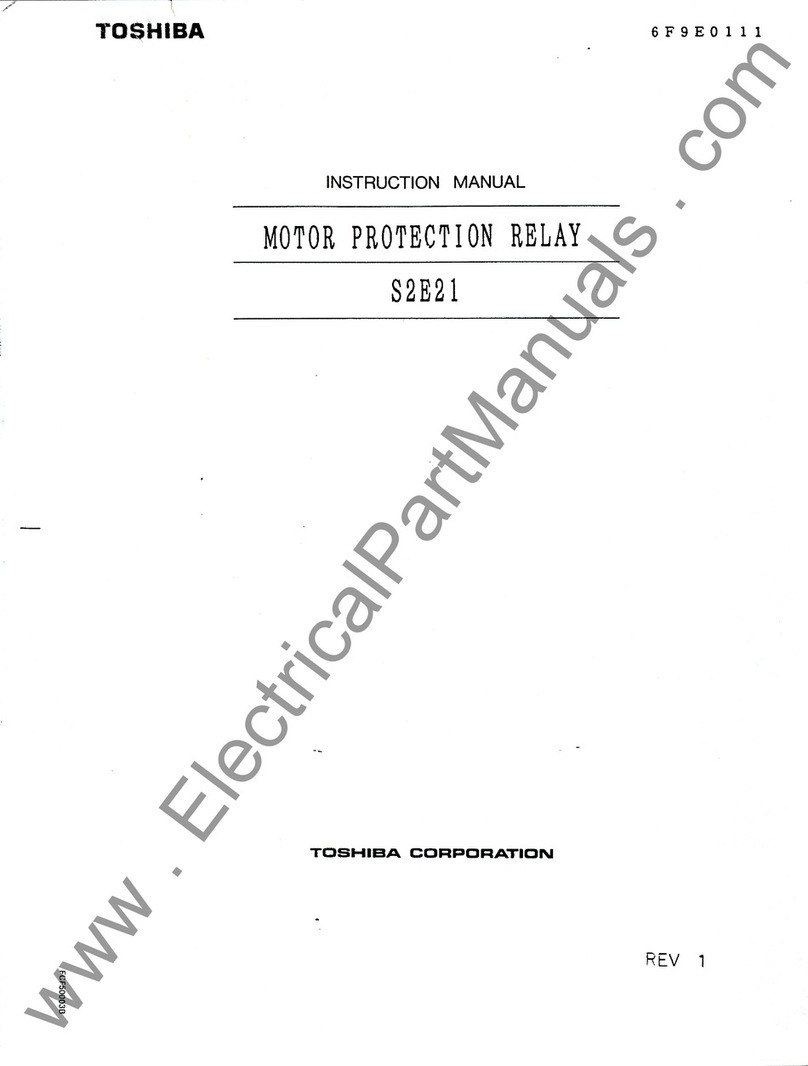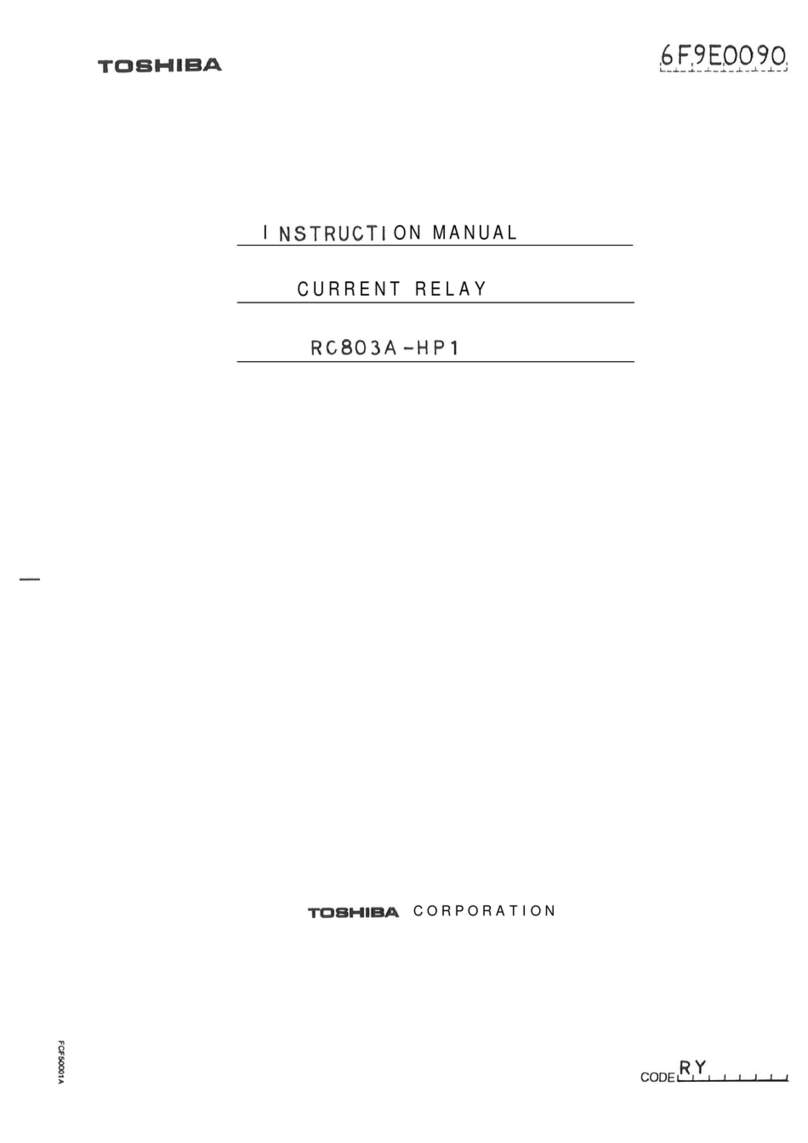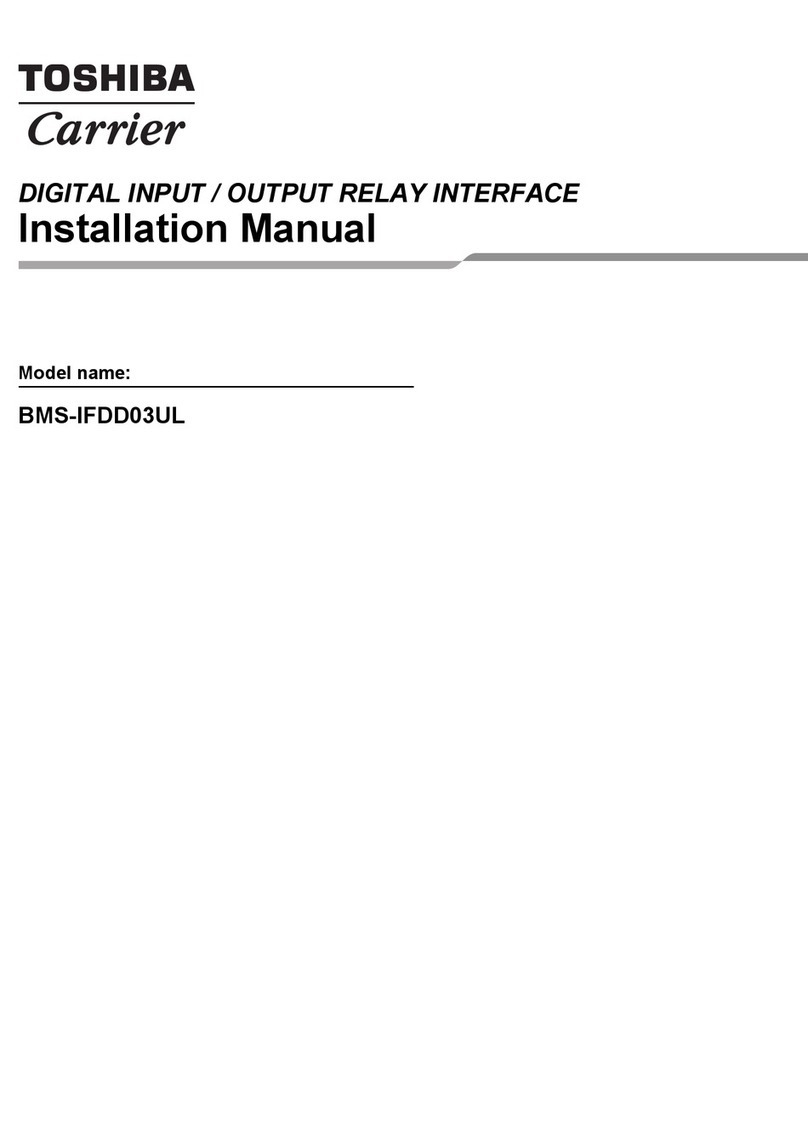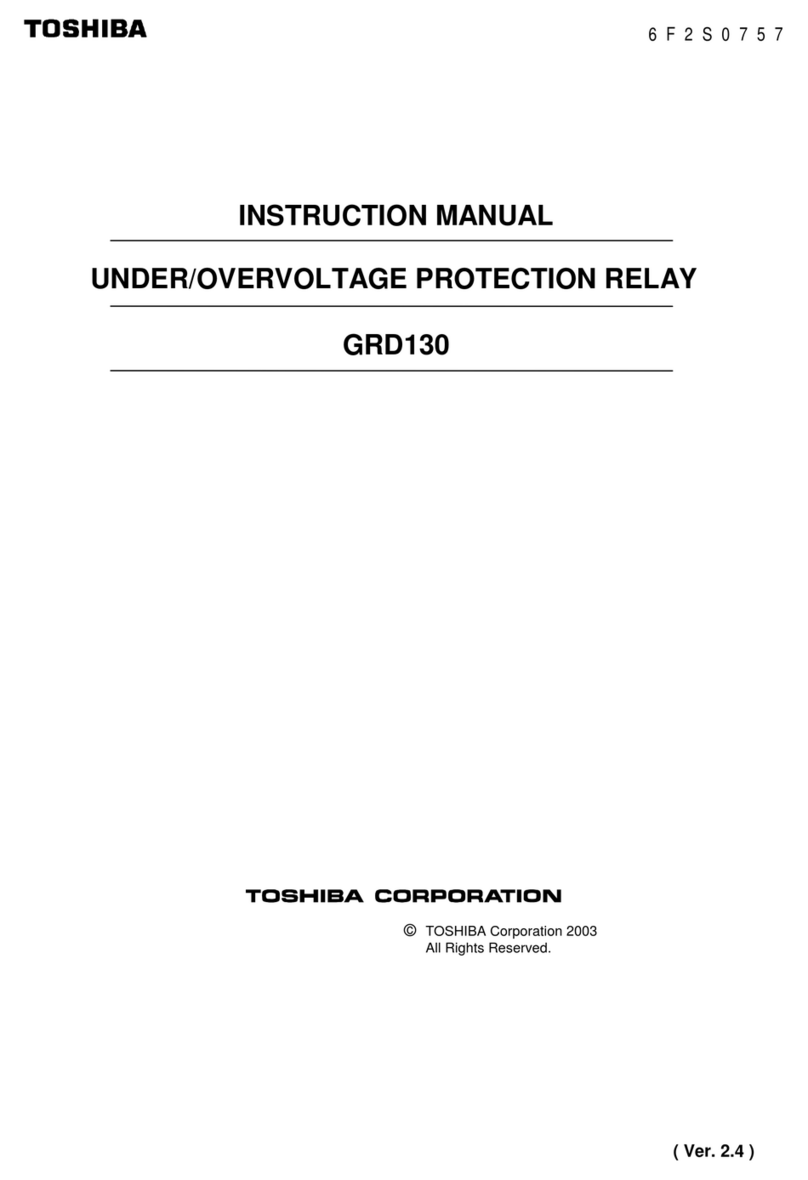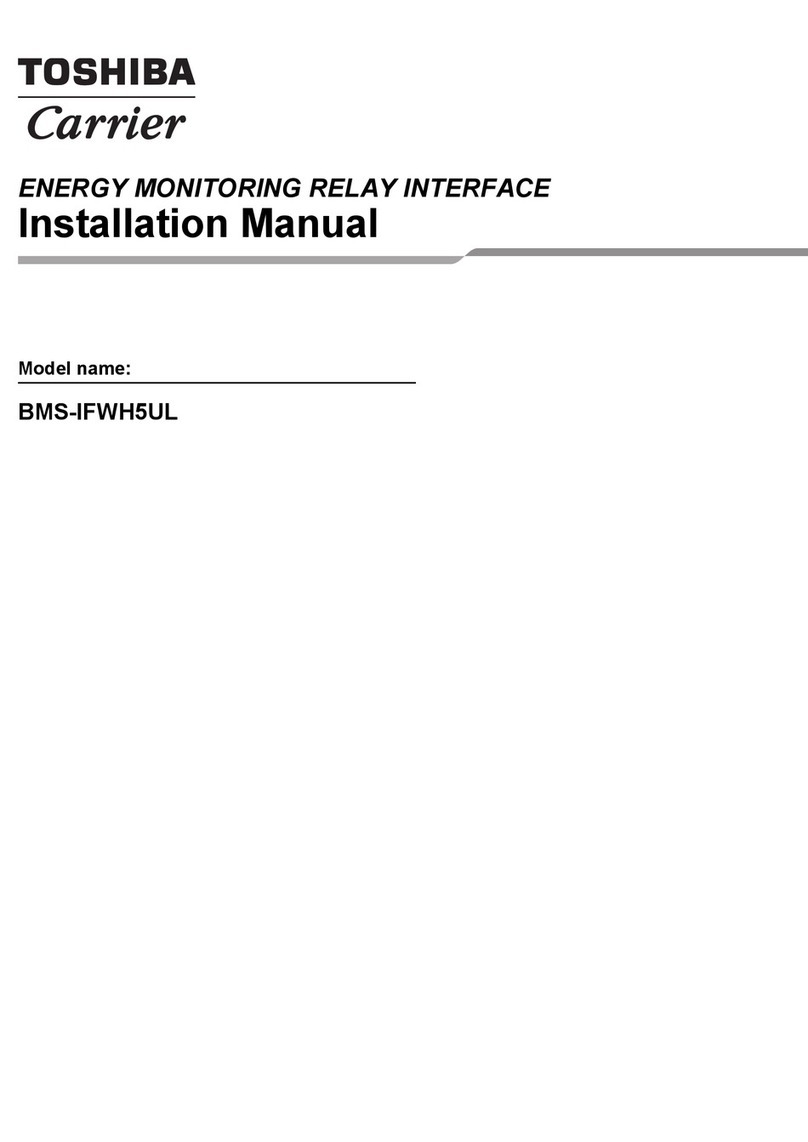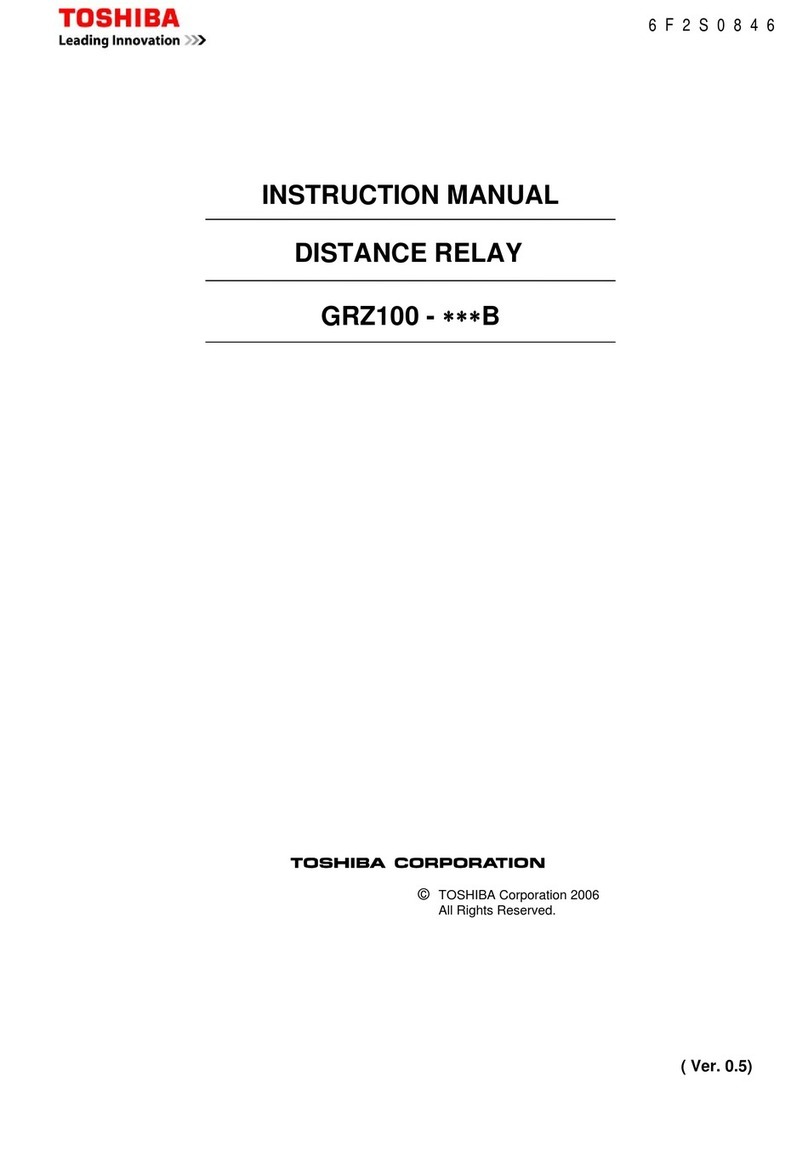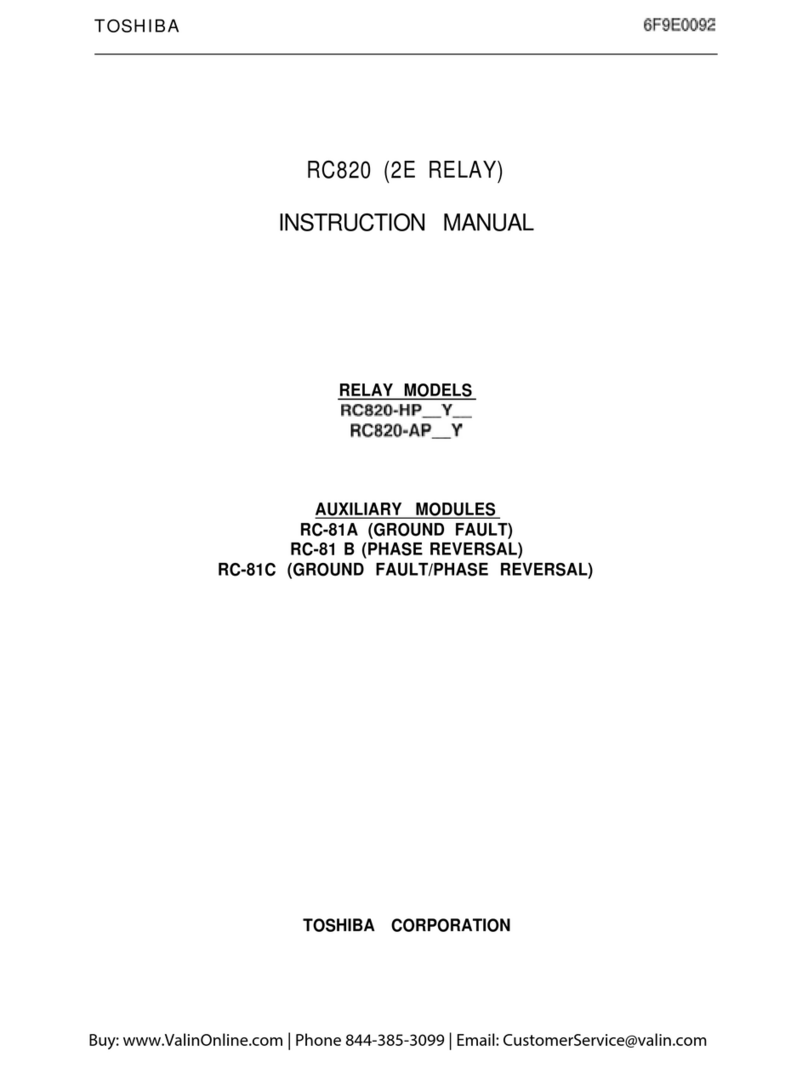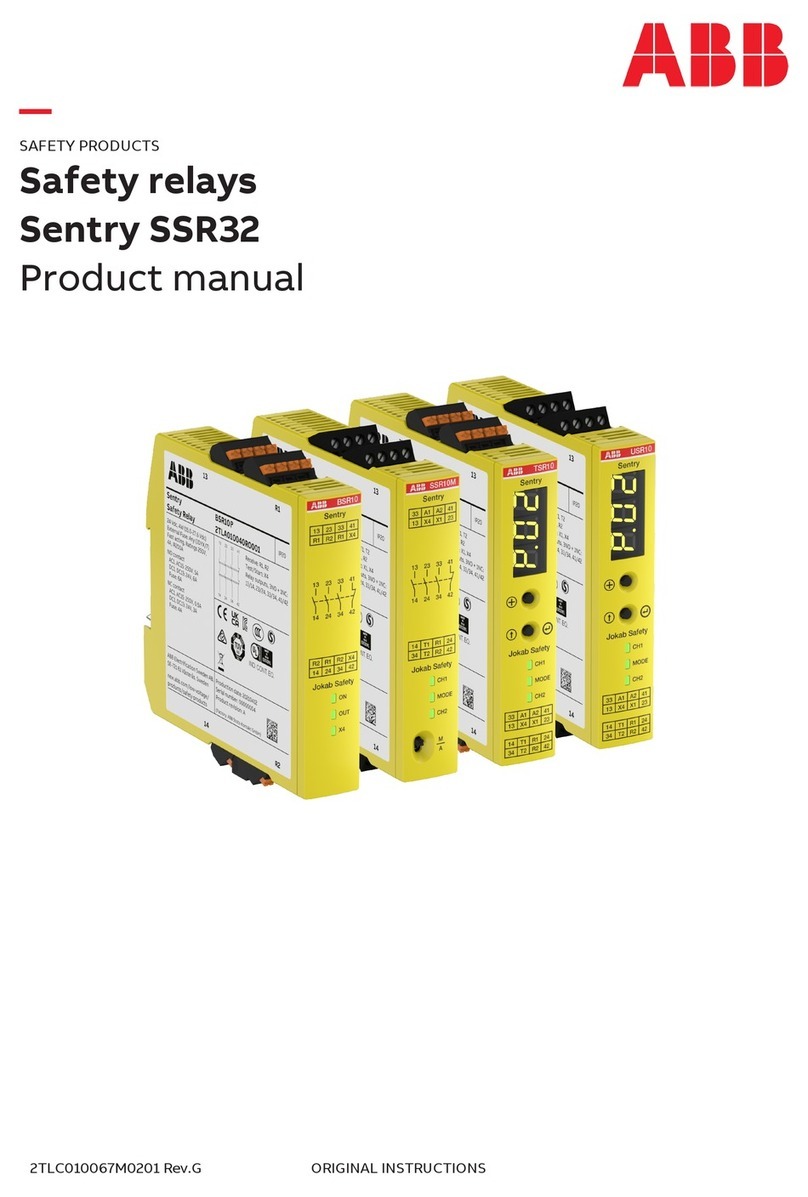
⎯ 9⎯
6F2S0842
1. Introduction
GRD150 feeder manager relay is designed for protection, control, monitoring and metering of
medium voltage networks.
The GRD150 series provides the following protection functions.
•Non-directional and directional overcurrent and earth-fault protections
•Non-directional and directional sensitive earth fault protection (depending on the relay
models)
•Non-directional and directional negative phase sequence overcurrent protection
•Undercurrent protection
•Thermal overload protection
•Broken conductor detection
•Circuit breaker failure protection
•Cold load pick-up feature
•Overvoltage and undervoltage protection
•Zero phase sequence overvoltage protection
•Negative phase sequence overvoltage protection
•Frequency protection (over-/under-frequency and frequency rate-of-change)
•Autoreclose function (depending on the relay models)
The GRD150 series provides the following control functions.
•Indication of the status of switching devices, i.e. circuit breakers and disconnectors
•Open and close commands for switching devices
•Synchronism check function (depending on the relay models)
•MIMIC configuration picture
The GRD150 series provides the following monitoring and metering functions.
•Circuit breaker condition monitoring
•Trip circuit supervision
•Metering: three-phase currents and voltages, residual current and voltage, frequency, active
and reactive power, power factor, and max. demand values.
The GRD150 series provides the following recording function.
•Event record: 480 most recent events
•Alarm record: 32 most recent alarms
•Fault record: 8 most recent faults
•Disturbance record: 9 analog and 32 binary signals
